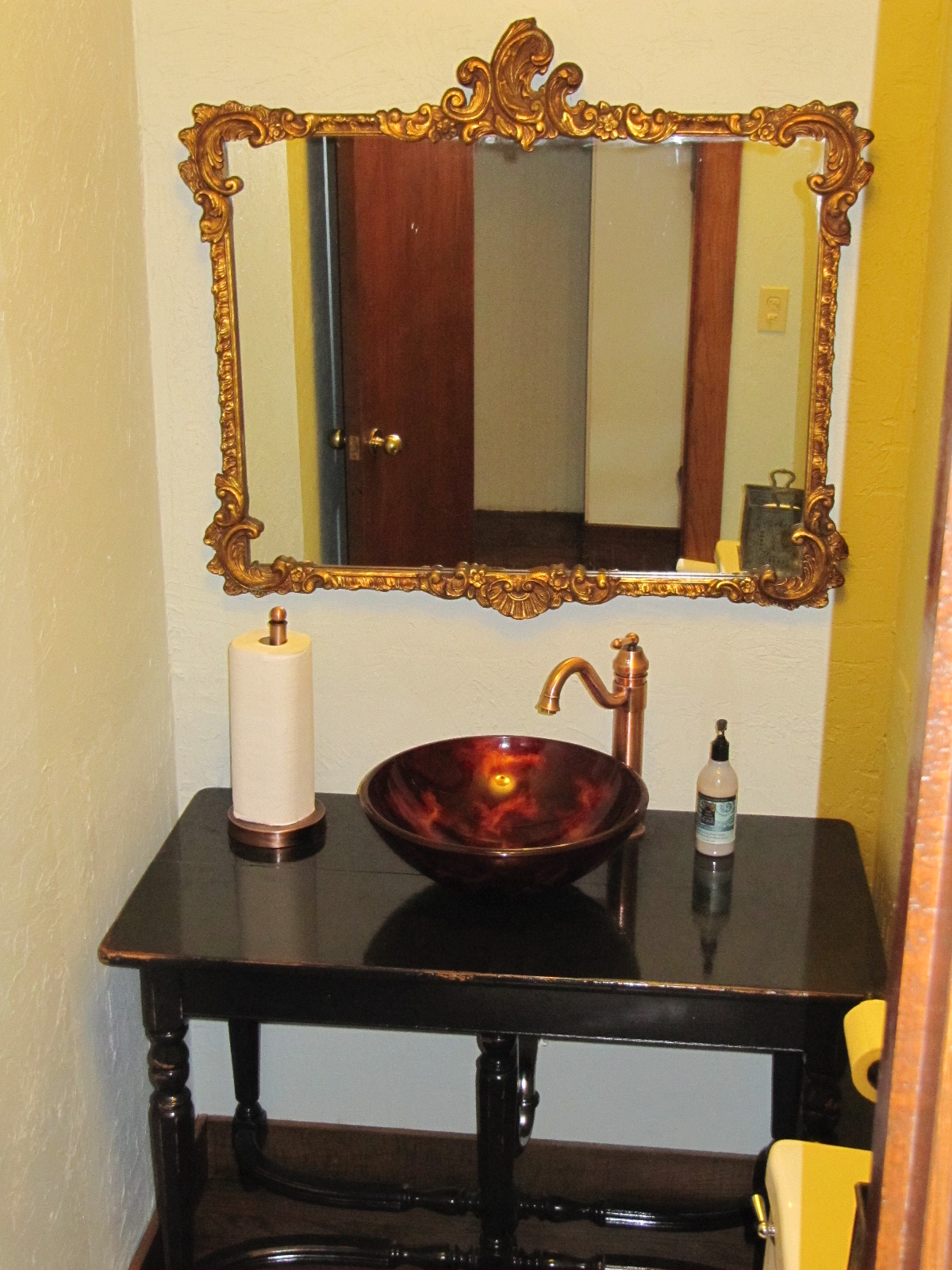Tornados are part of the standard fare of springtime in Oklahoma. Truthfully, most of the people I know get a bit desensitized to the tornado warnings. 
Me too. But sometimes we get a wake-up call.
A colleague of mine was driving back to Oklahoma City from the south part of the state when the warning sirens went off. Listening to the radio, she could follow the storm’s track.
She thought she was driving right into it, so she turned around and went the opposite way.
Then the storm changed directions. She turned again. And again. Turns out there were multiple potential funnel clouds, going in various directions.
Having grown up here, she instinctively looked for the safest place to pull off the interstate and park: lowest level, away from power lines.
That’s when she spotted a farmhouse, and ended up on the porch of a total stranger, asking if she could join them in their storm shelter.
It’s one thing to knock on a neighbor’s door and ask to borrow a cup of sugar. It’s another thing altogether to ask a person you’ve never met if they can keep you safe during a storm.
There are many “tornados” in the business world, things that threaten our safety.
Customers’ needs change, financing options become limited, technology fails (always when we need it most!), marketing efforts wither, key employees leave (and become your competitors), even good news like record-breaking sales put a strain on the system.
How comfortable are you asking for help when you need it? How do you know if you have become desensitized to the “storm warnings?”
Every business person needs a support system. Smart business leaders get their support system in place before the warning sirens go off.
Help is all around you. Look for people with the experience, connections and perspective that you may lack within your company. Here’s a short list of ten external resources you can turn to:
- Management consultants
- HR consultants
- Financial consultants
- CPA’s
- Attorneys
- Bankers
- Peer advisory groups (like EWF andndash; okay, that was self-servingandhellip;)
- Business coaches
- Industry experts & trade associations
- Customer councils
When you have tough decisions to make, when you are lost in the weeds, when life goes off course, you need people who will challenge your thinking. You need people who are not desensitized to the “storm warnings” you may have overlooked because you live with them every day.
Whose porch do you end up on when you need help?
 be, based on your expertise, wisdom, knowledge and all the blood, sweat, and tears you have put into your business.
be, based on your expertise, wisdom, knowledge and all the blood, sweat, and tears you have put into your business. I knew it could be the perfect place for my office, but it definitely needed a facelift. The colors were dull, the kitchens and bathrooms were dated (I don’t even want to talk about the urinal in the upstairs bathroom), and the floors were worn. But I knew it could be transformed. (Some of us fall in love with “possibilities.”)
I knew it could be the perfect place for my office, but it definitely needed a facelift. The colors were dull, the kitchens and bathrooms were dated (I don’t even want to talk about the urinal in the upstairs bathroom), and the floors were worn. But I knew it could be transformed. (Some of us fall in love with “possibilities.”) It worked! If you saw this table-turned-bathroom-vanity today, tucked firmly in its place with its vessel sink and ornate mirror, you would never know what happened.
It worked! If you saw this table-turned-bathroom-vanity today, tucked firmly in its place with its vessel sink and ornate mirror, you would never know what happened. now runs a business with a work force that’s 85% female. Their teamwork has allowed them to be successful through both up & down markets. When the workload is heavy, they all rise to the occasion. They have an incredible retention rate; many employees have worked there over 20 years and many have relatives or friends who work together. They are seen as leaders in their industry. And their entire leadership team is not only female, they are related!
now runs a business with a work force that’s 85% female. Their teamwork has allowed them to be successful through both up & down markets. When the workload is heavy, they all rise to the occasion. They have an incredible retention rate; many employees have worked there over 20 years and many have relatives or friends who work together. They are seen as leaders in their industry. And their entire leadership team is not only female, they are related! 

